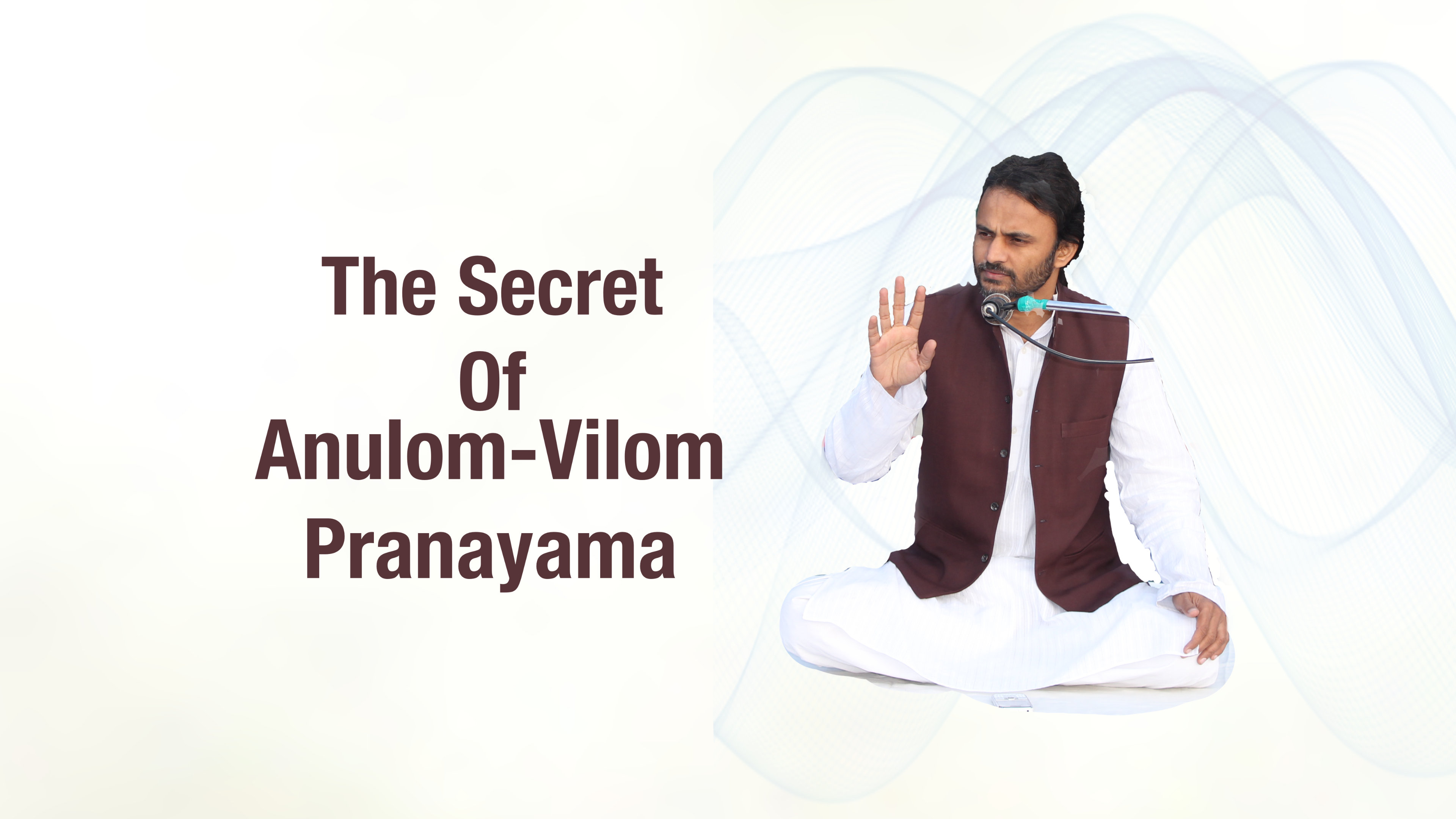
The secret of Anulom-Vilom
3 years ago By Yogi AnoopThe secret of Anulom-Vilom Pranayama 🧘♀️
Traditionally, pranayama involves putting pressure on the breath, only to an extent so that not just the lungs but the entire nasal passage and the distance between the nose and the lungs can be controlled.
As far as Anulom Vilom is concerned, not only does this pranayama gives direction to prana but also focuses on experiencing the smallest of the internal parts of the nose as well as the nasal passage. Through breath, all these small and minute parts are experienced and touched which leads to the creation of vibrations that positively impact the brain as well as the eyes. Many even experience teary eyes while practising this pranayama.
In my experience, the nerves are most affected through touch, in the same way when someone touches our outer skin and the skin begins to feel sensation and vibration.
This science of Pranayama tries to create vibrations in the inner side of the nasal passage of skin by touch, even the basic basis of healing science is touch. However, the primary difference between healing therapy through touch and pranayama is that in the latter a person is given a healing experience through someone else's touch, while on the other hand, in pranayama, a person gets healing through touch and vibration created by breathing. This pranayama develops subtle waves in the brain and establishes a balance between the right and left brain. It also brings Vata, Pitta and Kapha in balance.
Method (Anulom Vilom) 🧘♂️
Sit straight and comfortably in one place with closed eyes, close your right nostril with your fingers and slowly inhale through the left nostril while feeling the sensation inside the nose. If there is excessive dryness in the nose, take water in the finger and apply it inside the nose, it will help reduce dryness.
The more subtle touch is experienced, the more slowly and calmly the breath will go in and at the same time, there will be loosening of the face and senses.
Now, when the breath goes in, hold it comfortably for 2 to 3 seconds, this process of pausing is called Kumbhaka. After that, without any effort, exhale through the right nostril and hold outside for 2 to 3 seconds. Pause for a second. Again, take a breath from the right nostril and leave it through the left. This completes a circle. This pranayama must be done for at least 11 minutes.
Benefits
It is mentioned in traditional books that just by practising this pranayama for 3 months, seventy-two thousand nadis become healthy. This means that the exercise has a deep effect on all the nerves, nadis. All those pranayamas that affect the brain, also positively impact the nervous system as well as the nadis. It also increases stability and concentration in the senses. The brain is coordinated in both hemispheres, which means that the right and left sides of the brain are well-coordinated through this breathing technique.
Things to keep in mind
If pranayama is done in the wrong way, it is almost impossible to compensate for the loss in the body and mind. Therefore, this pranayama should be done only under the special guidance of an experienced guru. The speed at which this exercise must be done depends on the nature and the bodily composition of the practitioner which is decided by the guru.
Recent Blog
Copyright - by Yogi Anoop Academy
